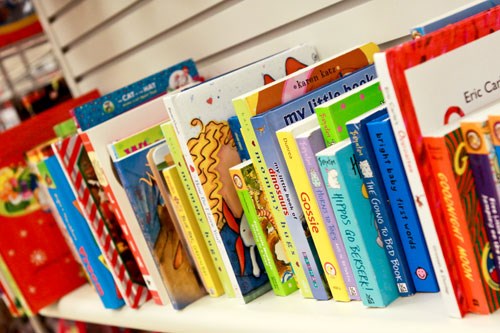When I was a kid, around this time of year I’d be going to the library to get my reading club booklet filled with participation stickers.
The local library held a summer reading program, and whoever got a certain amount of stickers could get themselves placed into a draw for a free book.
It was a great way to spend the summer, and as far as my mom was concerned, it kept her from hearing the my ongoing mantra –“I’m booooorrred.”
That was a good program back when you could actually trust most of the things that were published.
There was no social media, no blogs, no online forums and no fake news — the bar for publishing things for mass consumption was far higher.
This, unfortunately, is no longer the case, and the way we teach children to read still hasn’t caught up to this new reality.
And it shows. Many have trouble differentiating credible sources of information from complete fabrications.
Allow me to point you in the direction of a study from Stanford that shows some pretty concerning findings, as summarized by National Public Radio in the United States.
Most middle school students in this study couldn’t tell the difference between advertorials and news articles.
The majority of high school students accepted photographs – even the weird photoshopped ones – without verifying their authenticity.
Many high school students were incapable of differentiating between real and fake news sites on Facebook.
Most college students didn’t suspect bias in a tweet from an activist group.
The list goes on, and if you’d like more details, I’d advise Googling the study, Evaluating Information: The Cornerstone of Civic Online Reasoning.
From personal experience, I’ve noticed not just kids – but many adults have trouble telling the difference between hoax sites like the Onion and a real news site.
People have forwarded me a story claiming McDonald’s is making food out of human meat. No, they aren’t.
I’ve noticed friends often can’t tell the difference between an opinion column – which is what you’re reading right now – and an actual news story.
If you ask me, this is terrifying.
Democracy will only function so long as citizens are properly informed.
So yes, keep encouraging your kids to read.
But make sure you’re also teaching your kids how to evaluate what they read.
That’s more important than getting a booklet full of participation stickers this summer.



